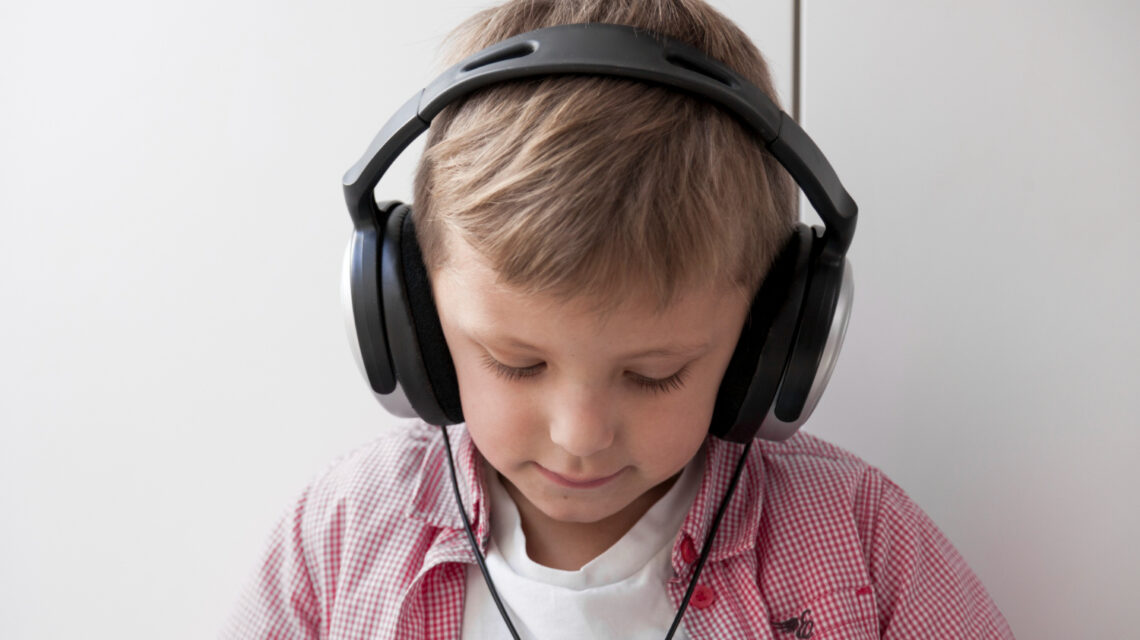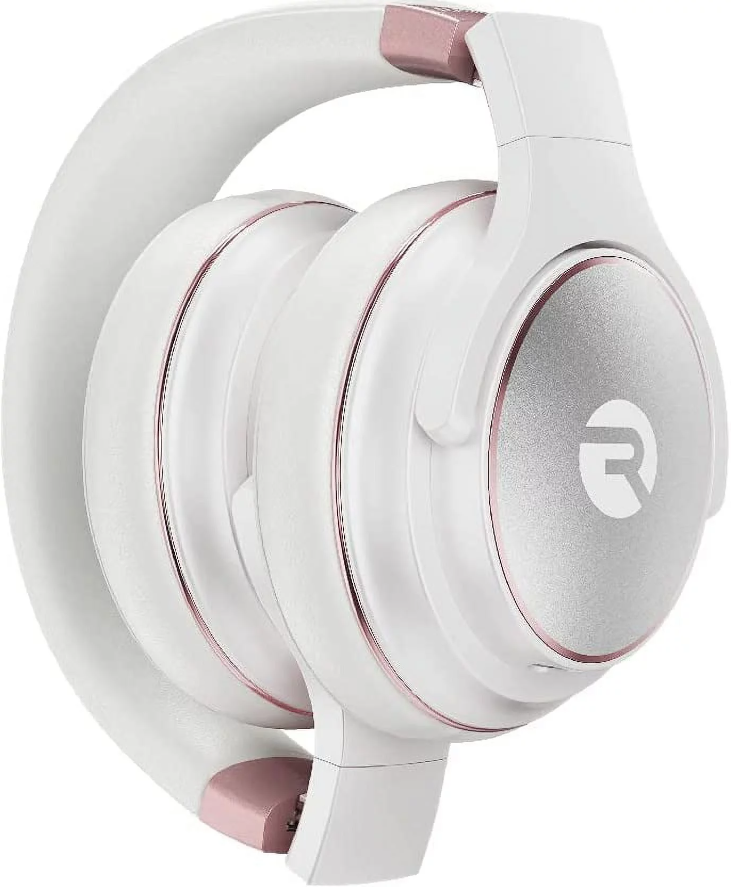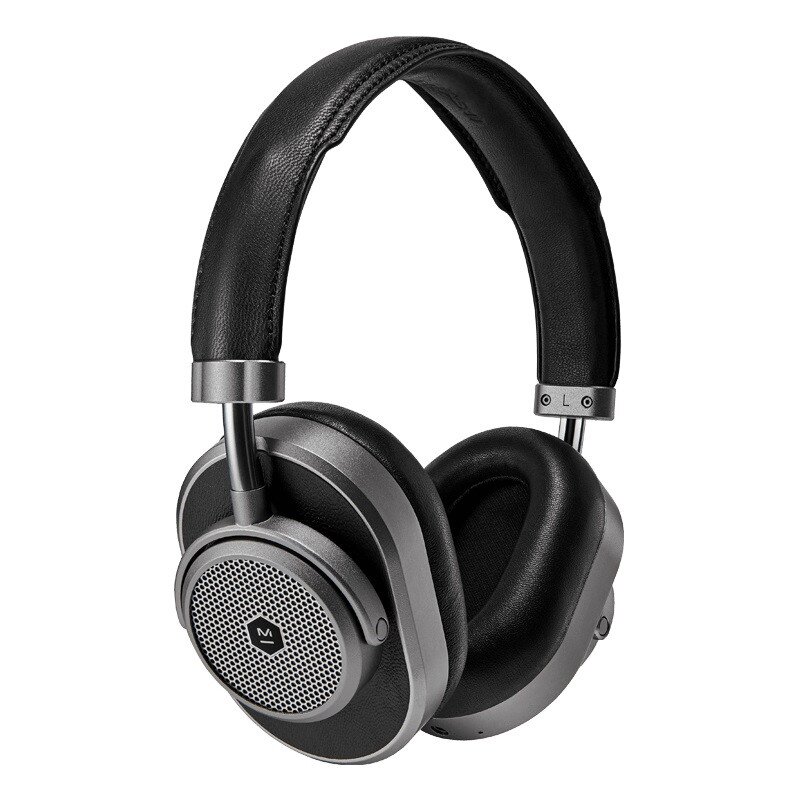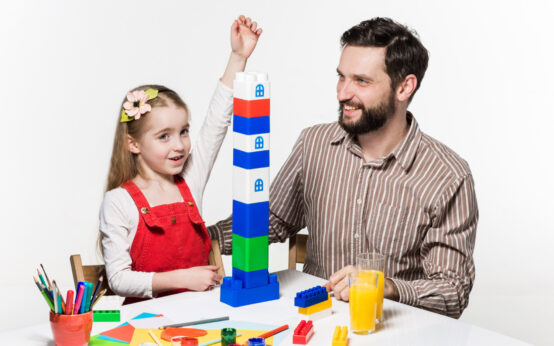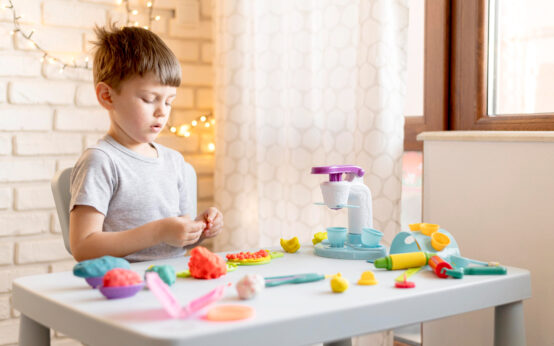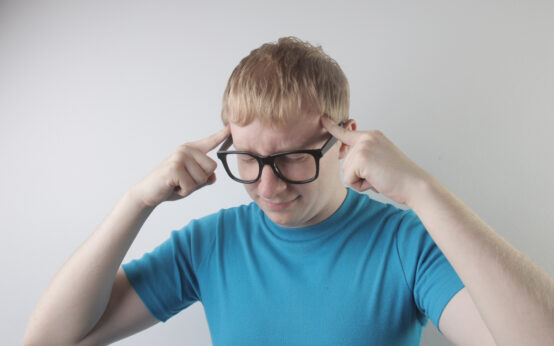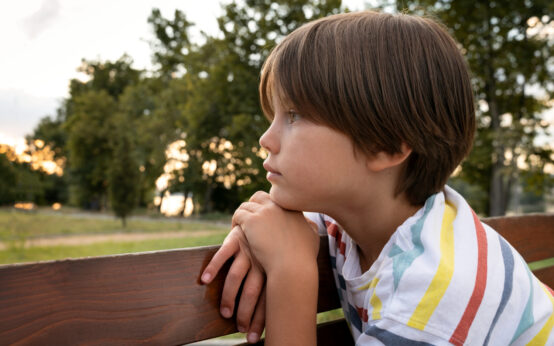Introduction
Children with autism spectrum disorder (ASD) often face challenges in processing sensory information, particularly sound. This heightened sensitivity to noise can lead to distress and meltdowns. However, noise-canceling headphones can offer a solution by reducing sensory overload. In this article, we’ll explore the sound sensitivity issues faced by children with autism, the different types of noise-canceling headphones available, and considerations for selecting the best headphones for your child.
Understanding Sound Sensitivity in Children with Autism
Children with autism may experience Sensory Processing Disorder (SPD), making them hypersensitive to surrounding sounds. This hypersensitivity can lead to difficulties in distinguishing between important and irrelevant sounds, causing them to become easily overwhelmed in loud environments.
Recognizing Sound Sensitivity in Your Child
Signs of sound sensitivity in children with autism include avoiding noisy places, reacting to high-pitched or low humming sounds, being easily startled by sudden noises, and covering their ears in situations with no noticeable loud noises.
Noise Canceling Headphones: A Solution for Sound Sensitivity
Noise-canceling headphones can help reduce anxiety and minimize the impact of sudden or loud sounds. Active noise-canceling (ANC) headphones use microphones to detect external noise and generate a counter signal that cancels out the incoming sound waves.
Choosing the Right Noise Canceling Headphones
When selecting noise-canceling headphones for your child, consider factors such as the noise reduction rating (NRR), comfort, fit, battery life, and sound quality. Over-ear, in-ear, bone conduction, and noise-isolating headphones are some of the options available.
Top 5 Noise Canceling Headphones for Children with Autism
TOZO HT2 Hybrid Active Noise Cancelling Headphones
The TOZO HT2 headphones are perfect for individuals with autism, featuring a hybrid ANC algorithm and three ANC microphones to minimize noise interference. With up to 60 hours of listening time, a foldable design, and the TOZO APP for personalized EQ settings, these headphones provide a comfortable and customizable listening experience.
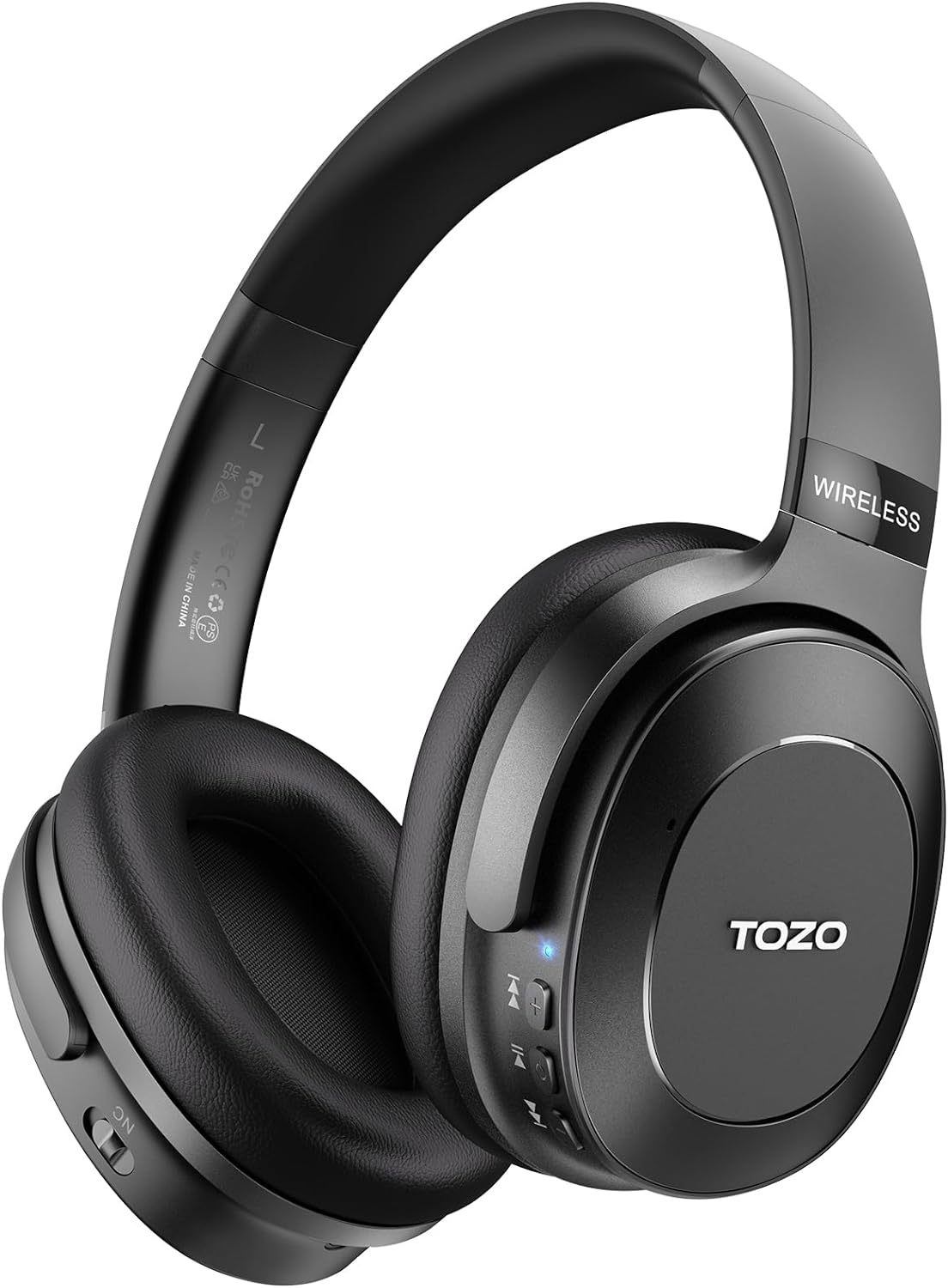
Raycon Headphones with Active Noise Cancelling
The Everyday Headphones designed to provide comfort and convenience for individuals with autism. With a lightweight adjustable headband and soft rotating earpads, these wireless headphones can be worn comfortably for hours, making them ideal for individuals who may have sensory sensitivities. The headphones also feature active noise cancellation (ANC) technology. Overall, The Everyday Headphones provide a comfortable and high-quality listening experience for individuals with autism.
Skullcandy Venue Wireless ANC Over-Ear Headphone
These headphones specifically designed to cater to the needs of individuals with autism. The active noise cancellation feature, coupled with ambient mode, helps to minimize sensory overload by reducing external distractions and providing a more comfortable environment for the wearer. With microphone, call, track, volume control, and activate assistant functionalities. These headphones offer comprehensive control and convenience for users with autism, empowering them to enjoy their music and manage their auditory environment with ease.
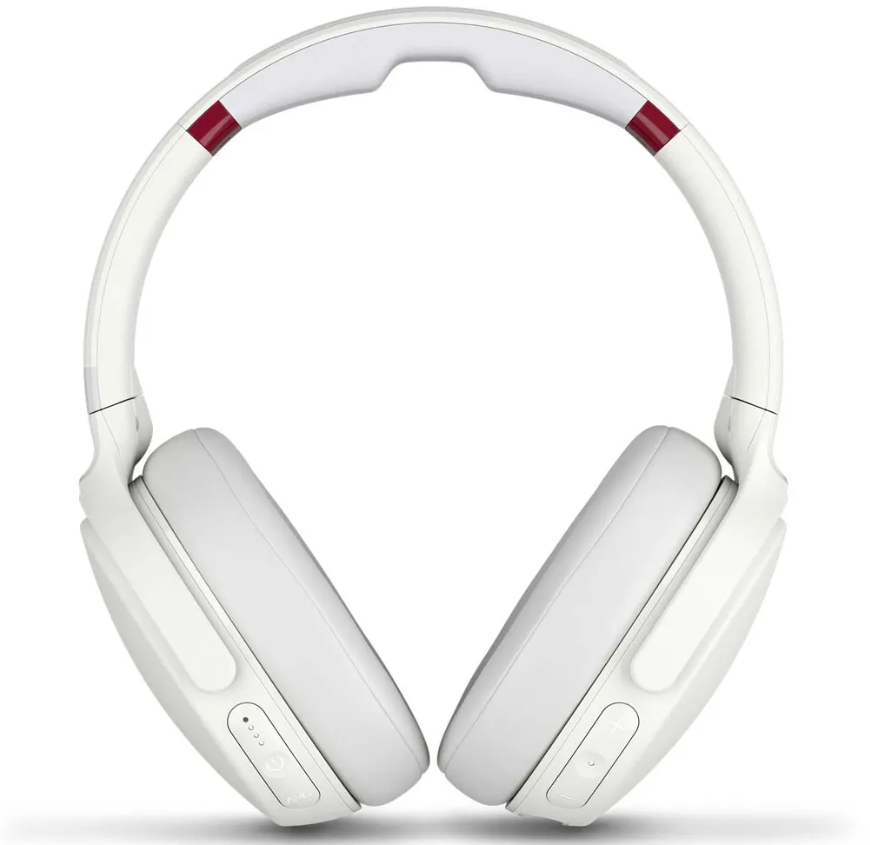
MW65 Active Noise-Cancelling (Anc) Wireless Headphones
These wireless Bluetooth headphones specially designed to cater to individuals with autism. With a Bluetooth range that is three times the industry average, these headphones provide a stable and uninterrupted connection. Allowing the user to enjoy their favorite music or audio content without any disruptions. The active noise-canceling feature helps to filter out unwanted external noise. Which can be particularly helpful for individuals with autism who may be sensitive to loud or distracting sounds.
Bose QuietComfort 45 Noise Cancelling Headphones
The Bose QuietComfort 45 headphones offer a unique solution for individuals with autism who may be sensitive to noise. These noise-canceling wireless headphones use tiny microphones to measure and react to outside noise, canceling it with opposite signals. This feature allows users to create a quiet environment, reducing sensory overload and promoting a sense of calm. Additionally, the headphones offer a “Quiet Mode” for full noise canceling or an “Aware Mode” that allows users to hear their environment while still enjoying their music. With a battery life of up to 22 hours, these headphones are perfect for long periods of use.
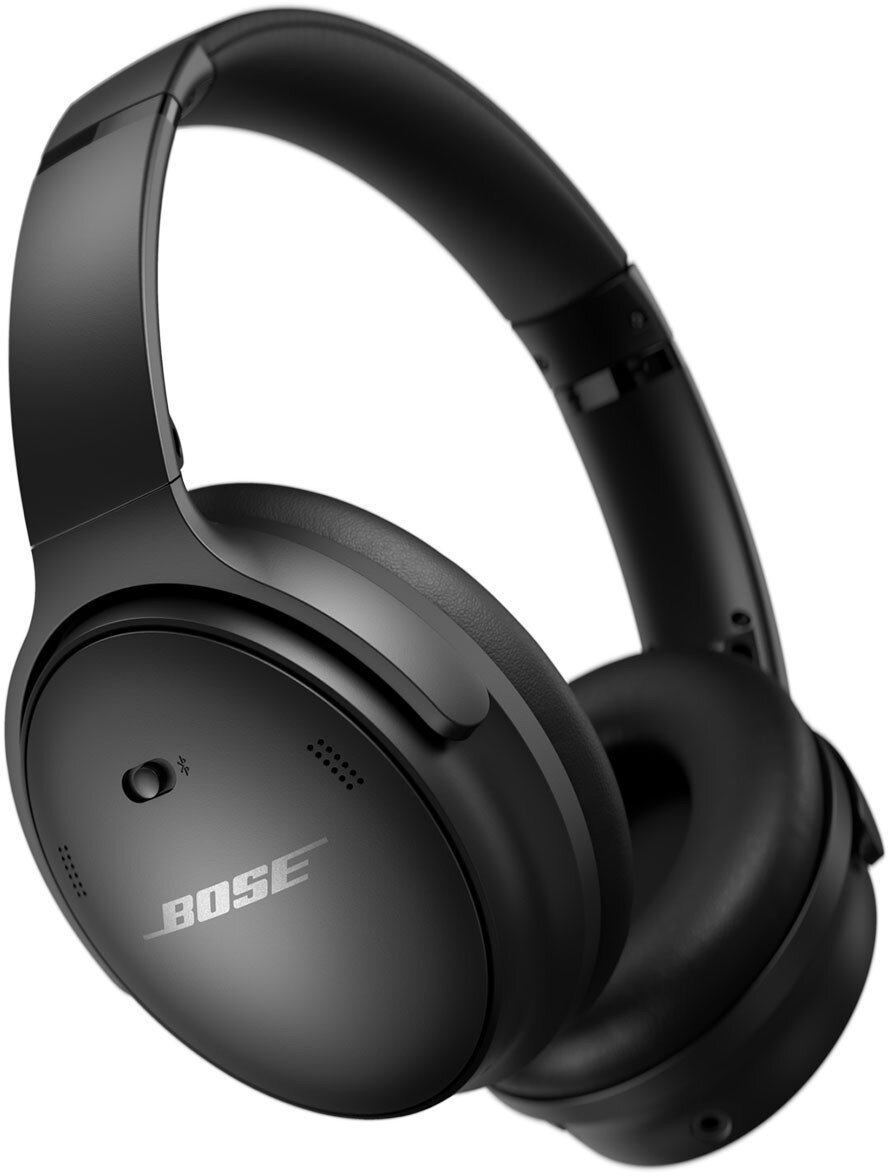
Conclusion
Noise-canceling headphones can significantly improve the quality of life for children with autism by reducing sensory overload. By understanding your child’s specific needs and preferences, you can select the most suitable noise-canceling headphones to provide them with comfort and protection in noisy environments.
Source
- Marco, E. J., et al. (2011). Sensory Processing in Autism: A Review of Neurophysiologic Findings. Pediatric Research, 69(5 Pt 2), 48R–54R. https://doi.org/10.1203/pdr.0b013e3182130c54
- Leekam, S. R., Nieto, C., Libby, S. J., Wing, L., & Gould, J. (2007). Describing the sensory abnormalities of children and adults with autism. Journal of Autism and Developmental Disorders, 37(5), 894–910. https://doi.org/10.1007/s10803-006-0218-7
- Baranek, G. T. (2002). Efficacy of sensory and motor interventions for children with autism. Journal of Autism and Developmental Disorders, 32(5), 397–422. https://doi.org/10.1023/A:1020541906063
- Ben-Sasson, A., Hen, L., Fluss, R., Cermak, S. A., Engel-Yeger, B., & Gal, E. (2008). A Meta-Analysis of Sensory Modulation Symptoms in Individuals with Autism Spectrum Disorders. Journal of Autism and Developmental Disorders, 39(1), 1–11. https://doi.org/10.1007/s10803-008-0593-3
- Branje, C. (2018). Sound Protection: A New Way to Manage Auditory Sensitivities in Autism Spectrum Disorder. Journal of Autism and Developmental Disorders, 48(1), 173–178. https://doi.org/10.1007/s10803-017-3324-0
- Jure, R., Rapin, I., & Tuchman, R. F. (1991). Hearing-impaired autistic children. Developmental Medicine and Child Neurology, 33(12), 1062–1072. https://doi.org/10.1111/j.1469-8749.1991.tb14926.x
- Tharpe, A. M., & Bess, F. H. (1999). Minimal, Progressive, and Profound Sensorineural Hearing Loss in Children: Speech Recognition, Comprehension, and Educational Achievement. Journal of Speech, Language, and Hearing Research, 42(6), 1249–1261. https://doi.org/10.1044/jslhr.4206.1249
- Simpson, J. A., & Weiner, E. S. C. (Eds.). (1989). The Oxford English Dictionary. Clarendon Press.
